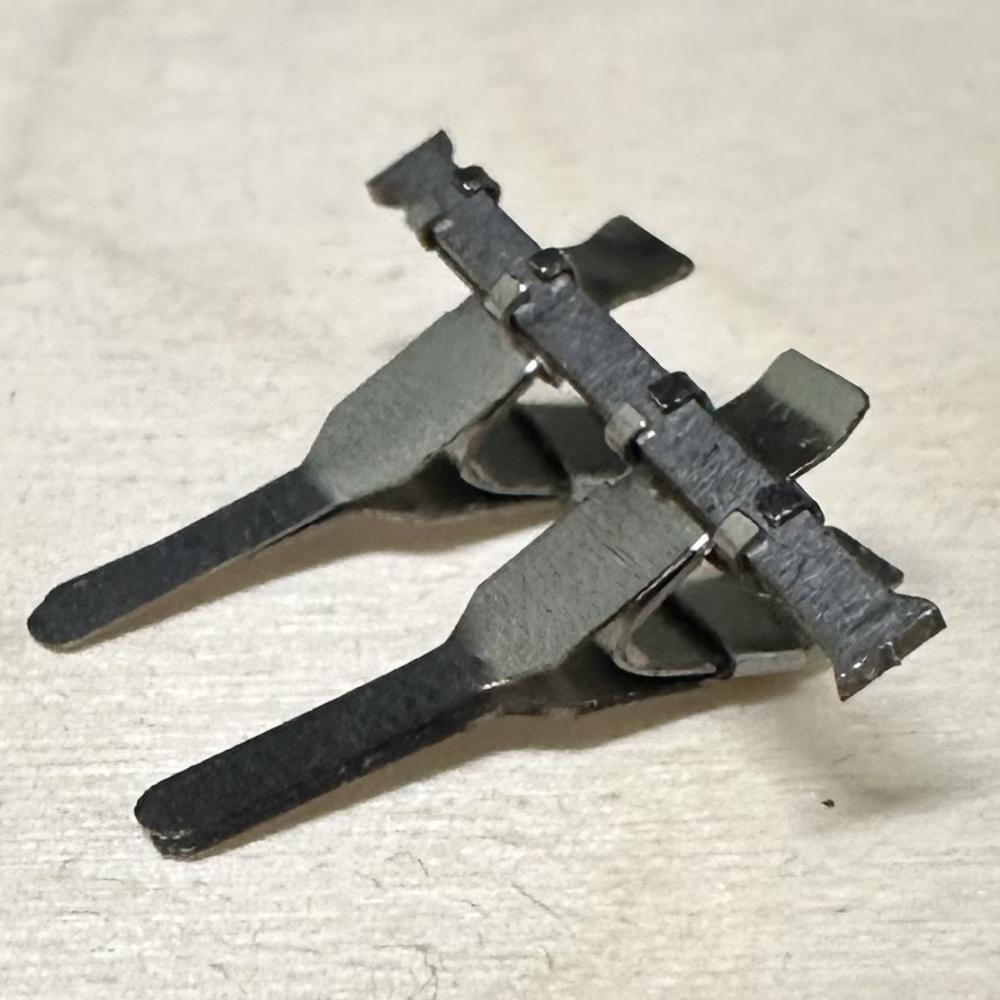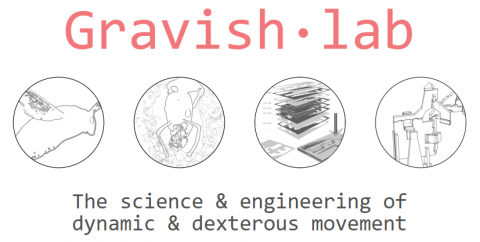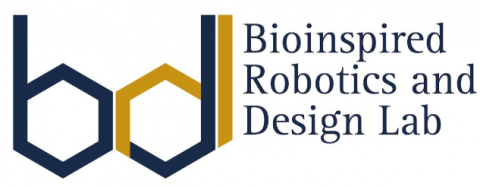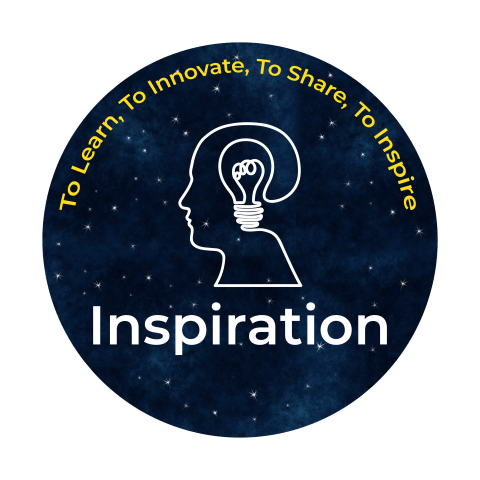Previous ASME Award Winner
Recent Departmental Runner Up Awards
Capstone Design Projects
ShockE Frame Stiffness Test Fixture
2024-2025 - Spring
Team: 19
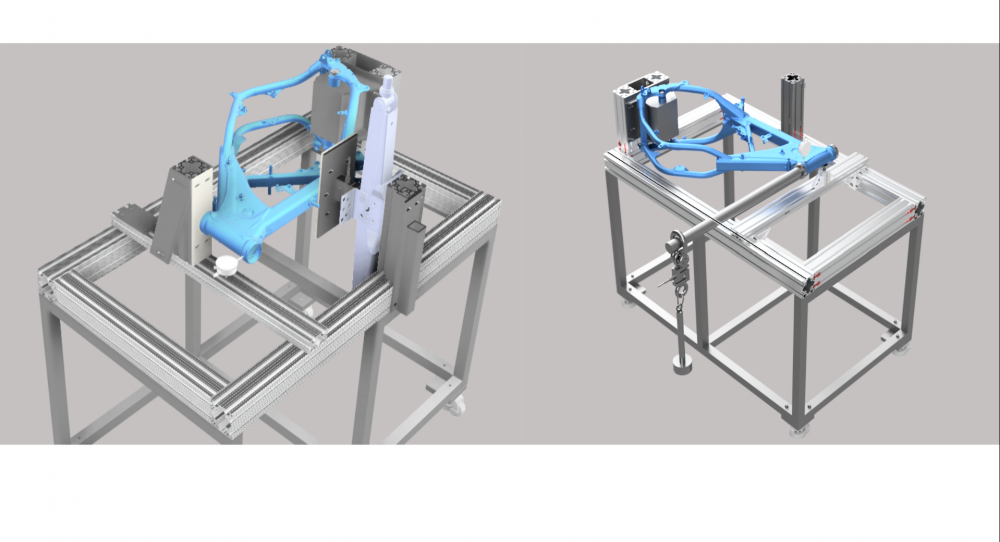
Resistive Torque Measurement Apparatus
2024-2025 - Spring
Team: 24

Automating the Cutting Process Hi-Tech Honeycomb
2024-2025 - Spring
Team: 38
Team Members
Rowan Barg
Micah Borg
Elijah Matthews
Daniel Sun
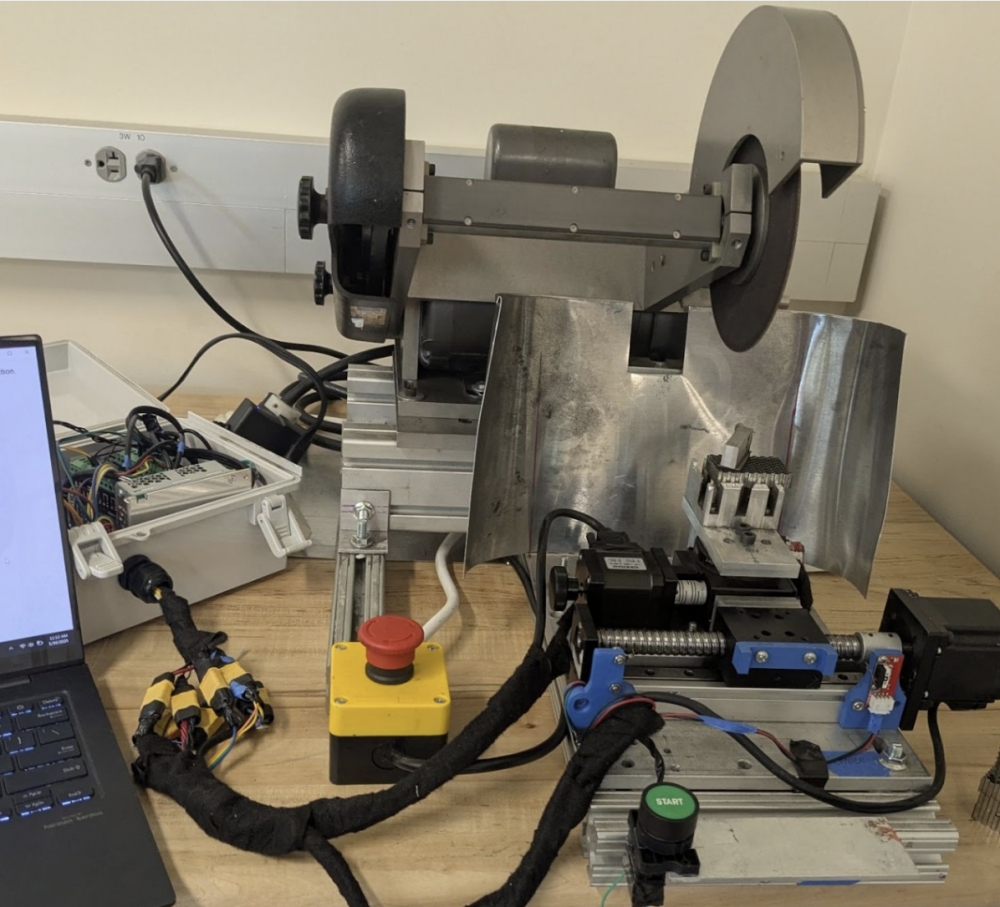
Acoustic Modem Integration onto Wave Glider USV
2024-2025 - Winter
Team: 16
SomnoStay - A Novel Oral Appliance for Obstructive Sleep Apnea
2024-2025 - Spring
Team: 7
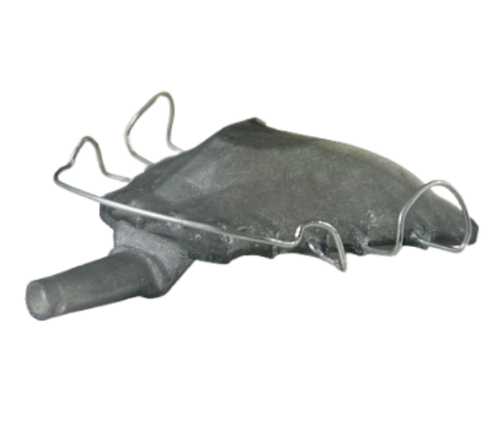
NIWC PAC UAS Launch and Recovery
2024-2025 - Spring
Team: 26
Team Members
Parker Amano
Gregory Garner
Gabriel Lepage
Bhodivista Yohn
Outdoor Low Power Measurement Equipment Enclosure (ENTS Enclosure)
2024-2025 - Winter
Team: 11
Team Members
Fayza Elshafie
David Fisher
Michael Gonzalez
Benny La
Elliot Snyder
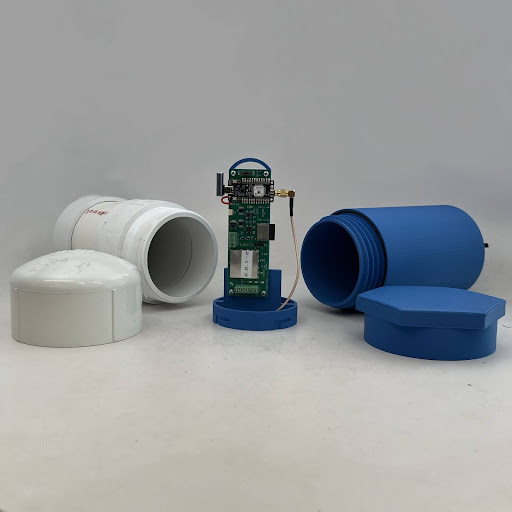
Manual In-Pipe Robot Surrogate for Autonomy Development
2024-2025 - Spring
Team: 18
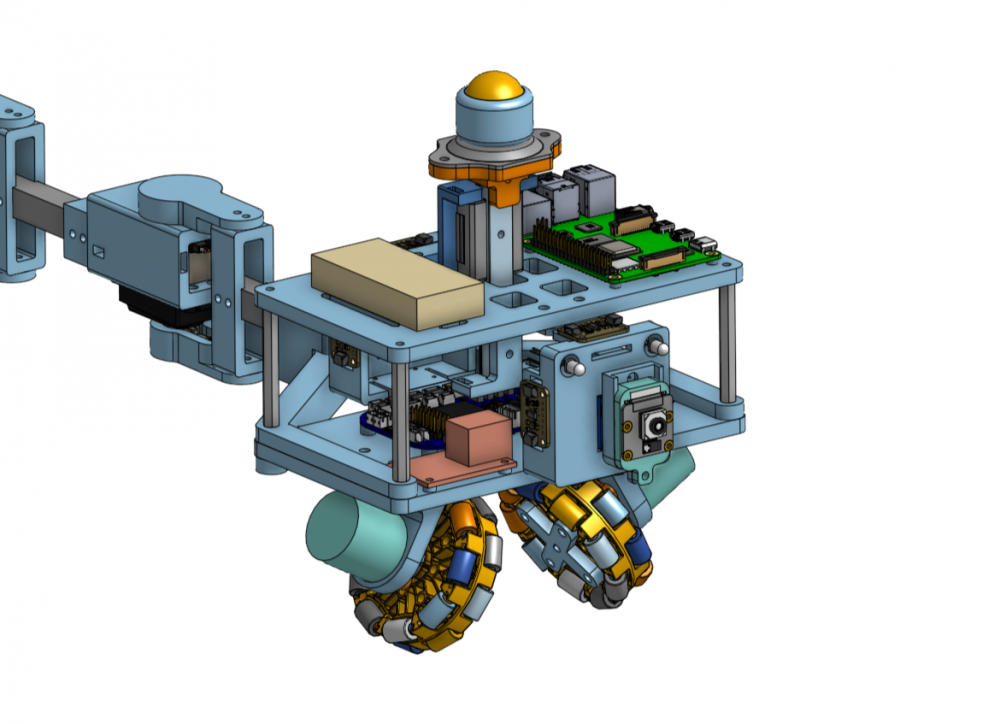
Wave Energy Converter
2024-2025 - Spring
Team: 25
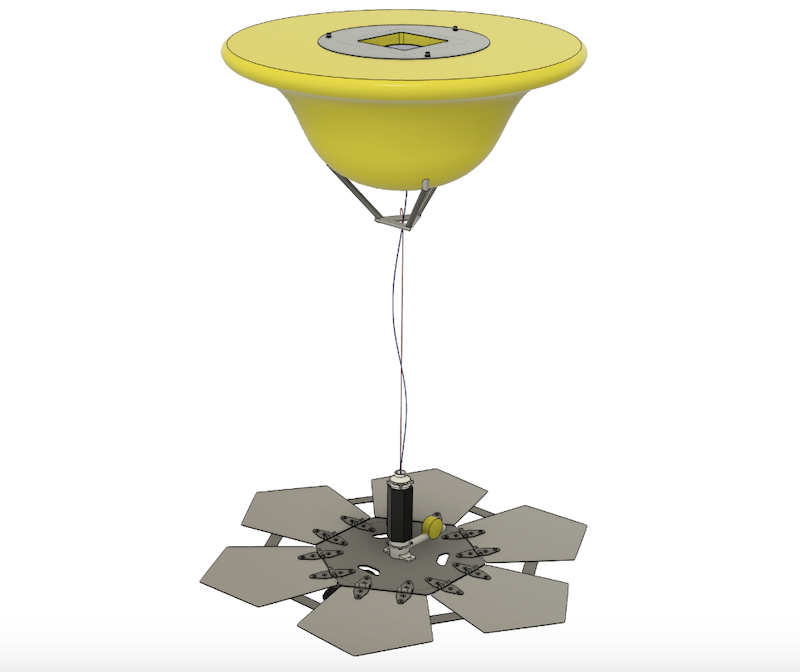
LightLok - Burn Prevention
2024-2025 - Winter
Team: 13
Solar Wind Tunnel
2024-2025 - Spring
Team: 32
Team Members
Benjamin Marsden
David Bori
Max Gonsalves
Rachel Gillespie

StableWind Technologies
2024-2025 - Spring
Team: 17
Team Members
Wills Moore
Christopher Mansfield-Reid
Trevor Marshall
Christopher Cordano
Jintong Han

Halo Helmet Platform
2024-2025 - Winter
Team: 9
This project introduces a helmet-integrated roll cage that redistributes impact forces away from the head and neck. Anchored to the upper body via a harness, the system disperses forces more effectively, reducing the risk of traumatic brain and spinal injuries.
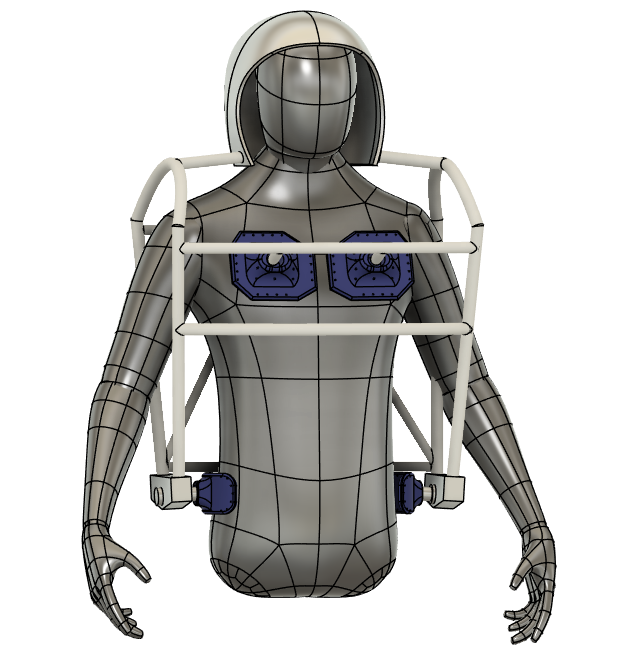
Regenerative Trailer Braking System
2024-2025 - Spring
Team: 3
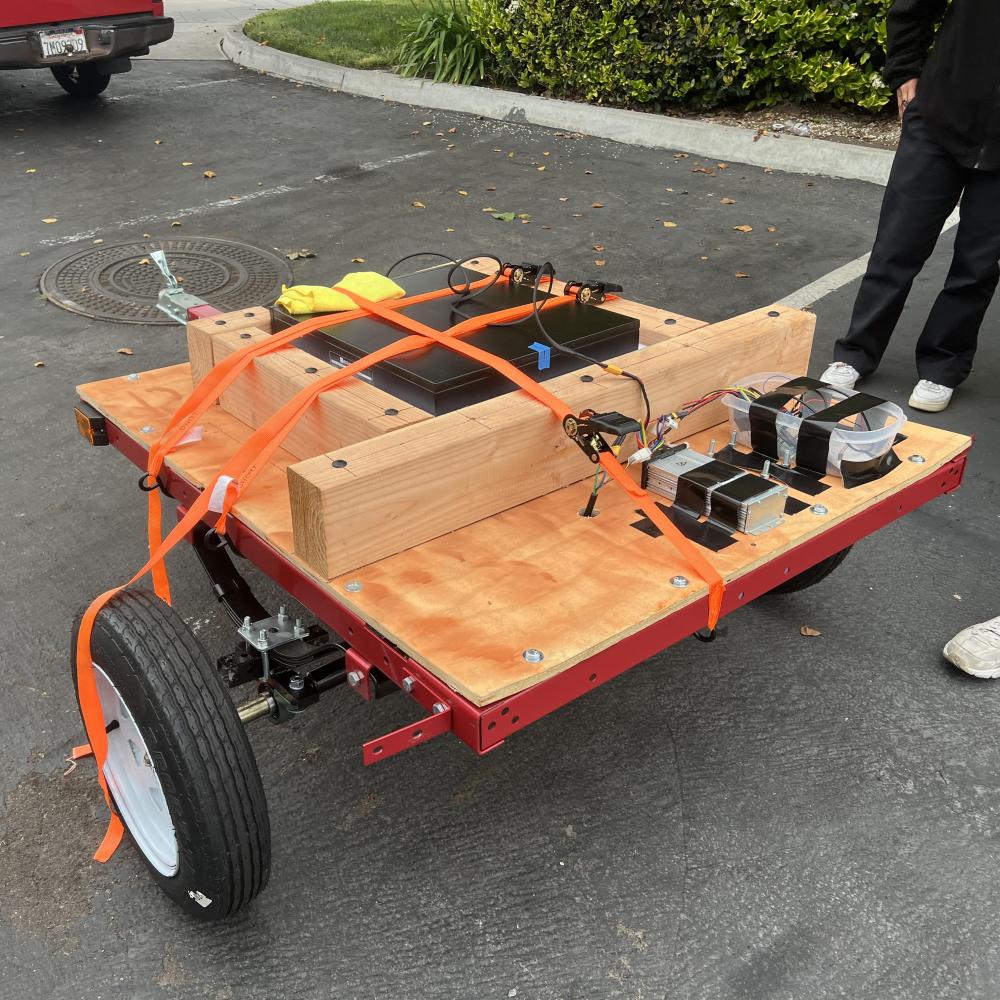
Device to Assess Nitric Oxide at PoC
2024-2025 - Spring
Team: 20
Team Members
Fernando Rico
Li-Pin Chang
Armaan Goklani
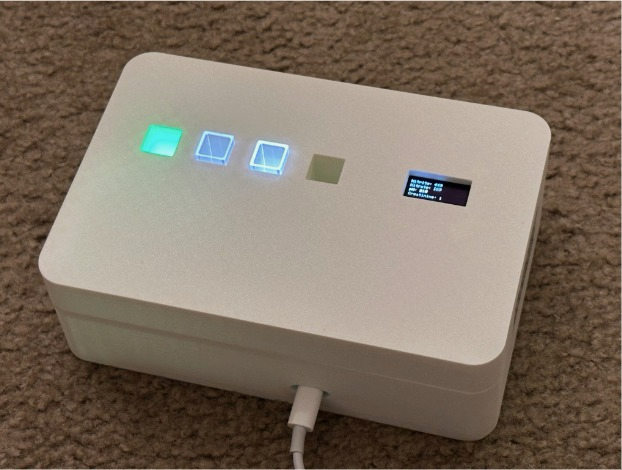
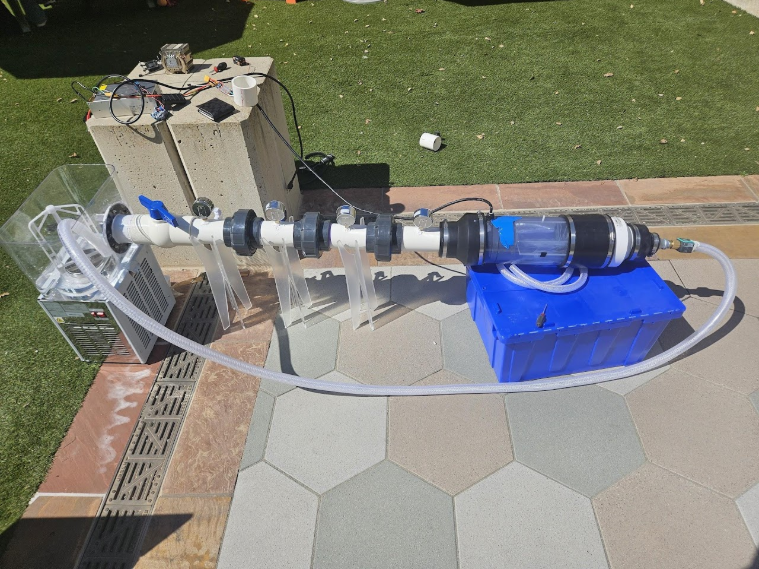
Triton-Ai Racquet Ball Launcher Magazine and Control
2024-2025 - Spring
Team: 34
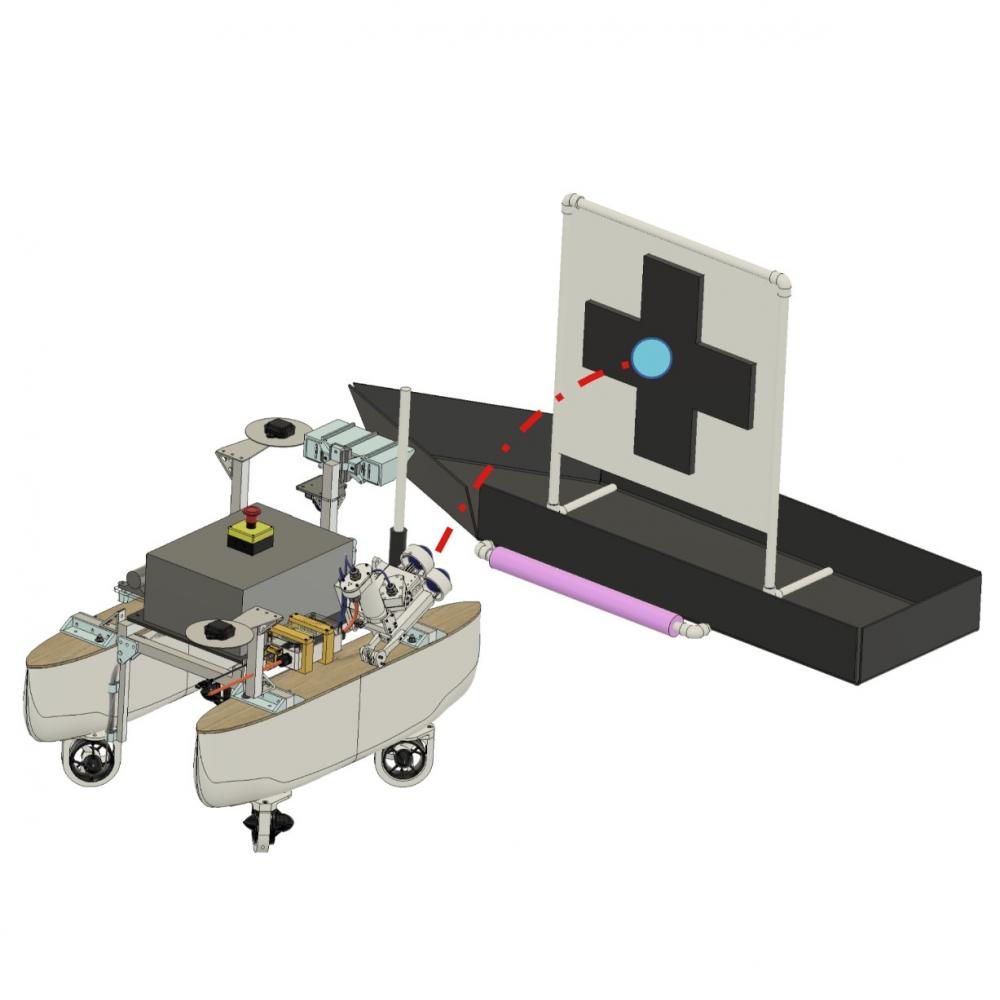
Venous Ulcer Wound Compression Garment
2024-2025 - Spring
Team: 27

Automated Graphene Transfer
2024-2025 - Winter
Team: 14
Antibiofouling System for Moored Marine Instruments
2024-2025 - Spring
Team: 23
Heating Stage for Nanomaterials
2024-2025 - Spring
Team: 28
Team Members
Duy Cao
Gautam Ganesh
Alice Khalil
Johnny Mendoza
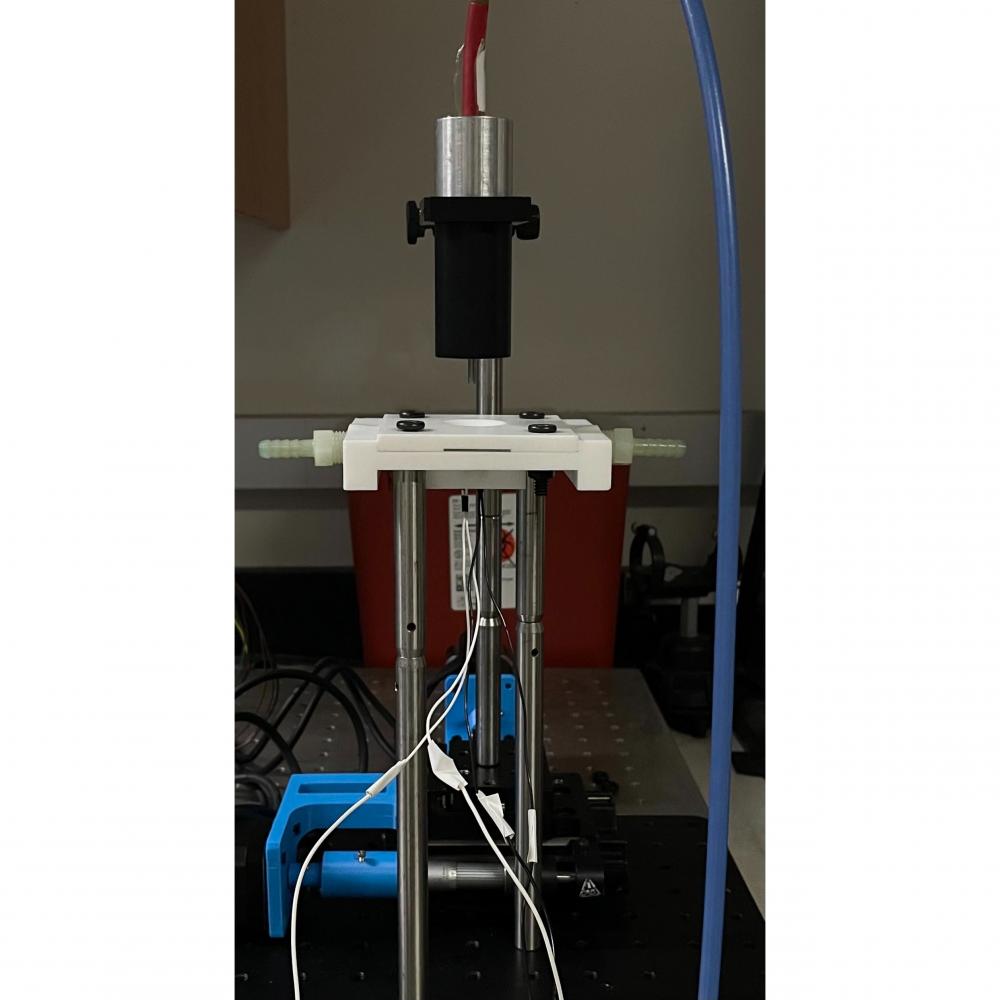
NDT- Endovascular Blood Clot Removal Device
2023-2024 - Spring
Team: 18

Haptic Shoulder for Physical Human Robot Interaction
2023-2024 - Spring
Team: 22
Team Members
Calvin Joyce
Isabella Fiorini
Rizzi Galibut
Roger Nguyen
Tarun Murugesan

Pogo Pin Inspection Automation
2023-2024 - Winter
Team: 2
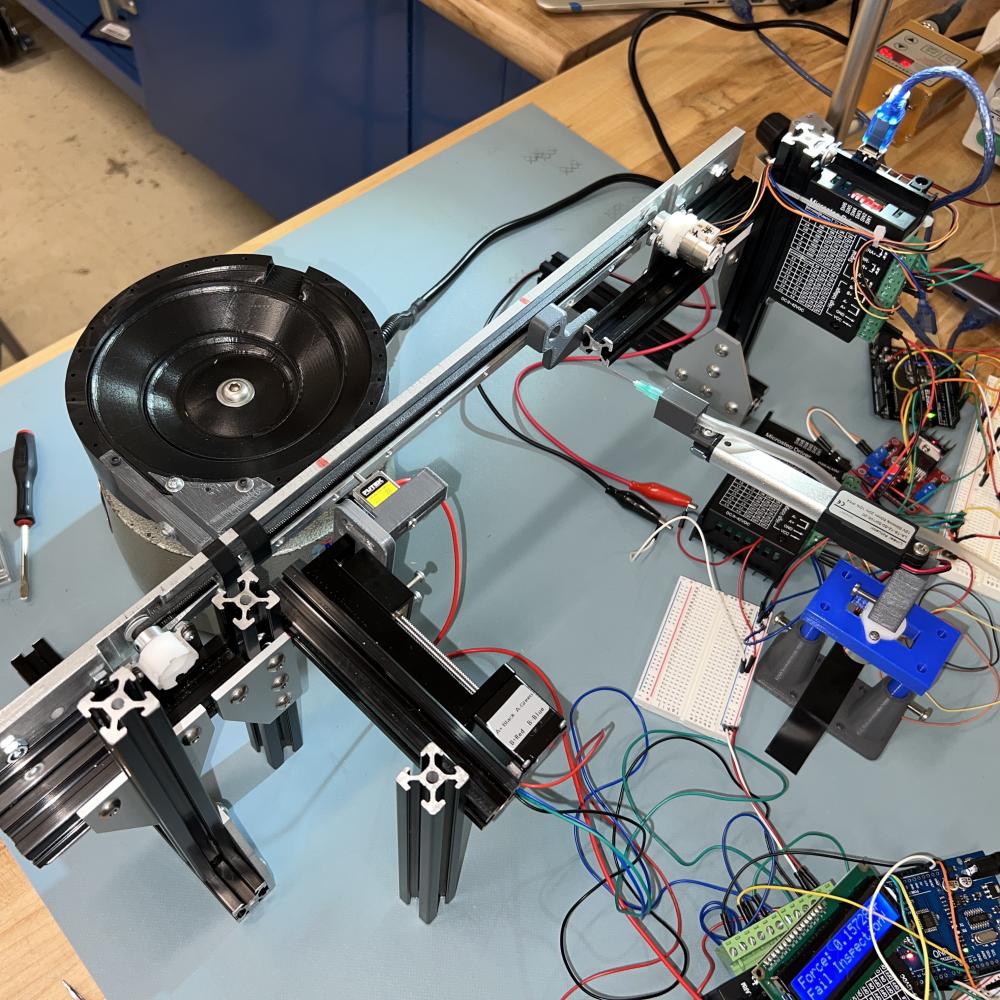
Spaceflight Honeycomb Panel Depressurization
2023-2024 - Spring
Team: 19
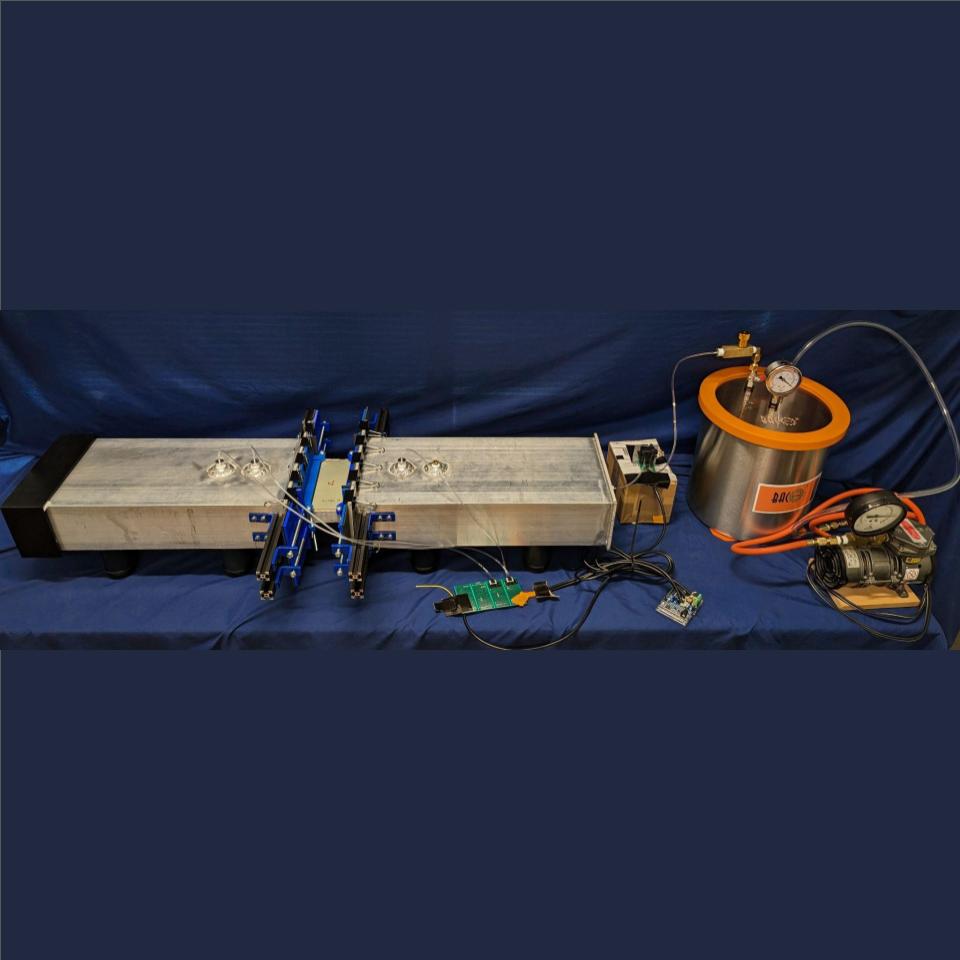
Neublox - Educational Pneumatic Circuit Building Blocks
2023-2024 - Spring
Team: 29
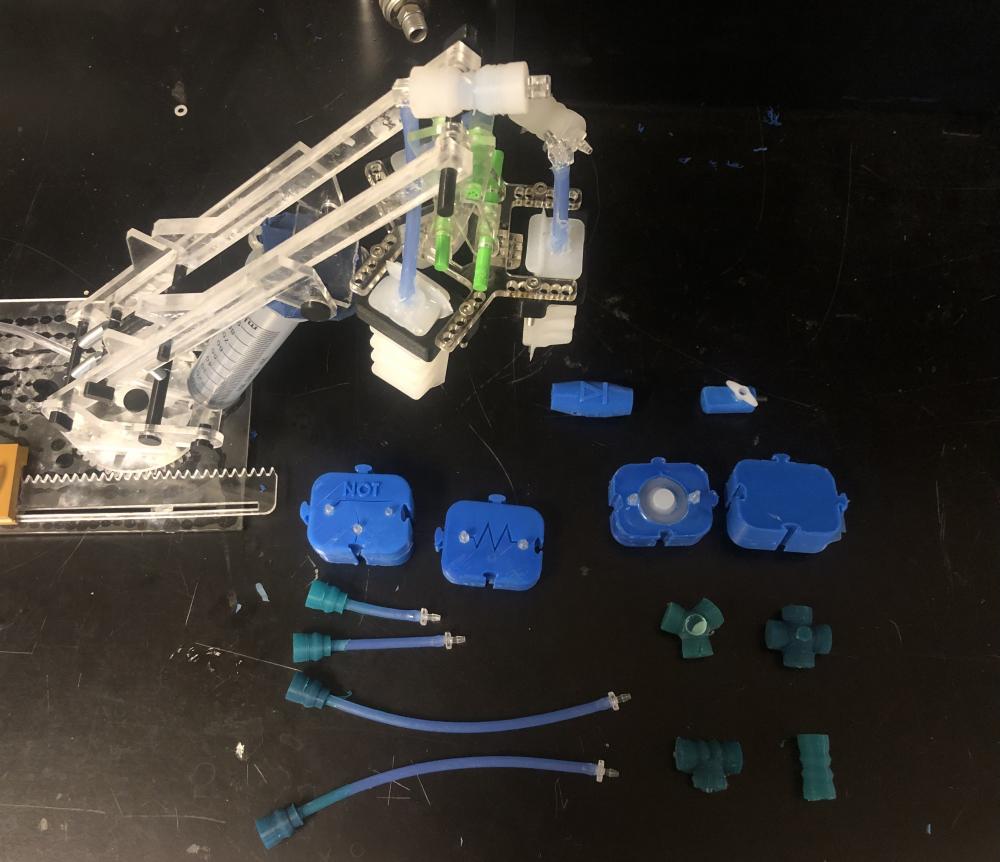
Underwater Robot Swarm: A Birch Aquarium Interactive Exhibit
2023-2024 - Spring
Team: 20
Team Members
Peyton Cross
Elliot Myers
Aidan Reedy-Schneider
Guy Walters
Adrian Zugehar
Ion Beam Faraday Cup & Scintillator
2023-2024 - Spring
Team: 31
Team Members
Alex Pietrow
Samuel Green
Timothy Kendrick
William Hulett
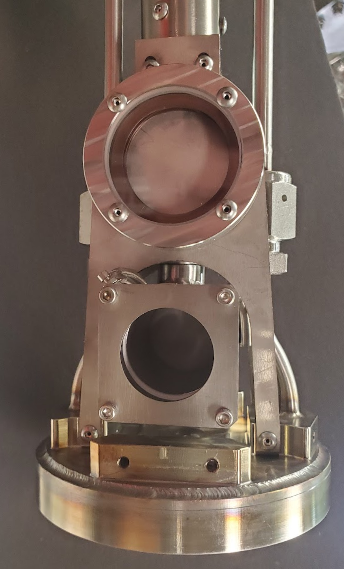
Triton AI Autonomous eVGokart
2023-2024 - Spring
Team: 21
Double Opposing Self-Folding Micro Clamps
2023-2024 - Spring
Team: 15
